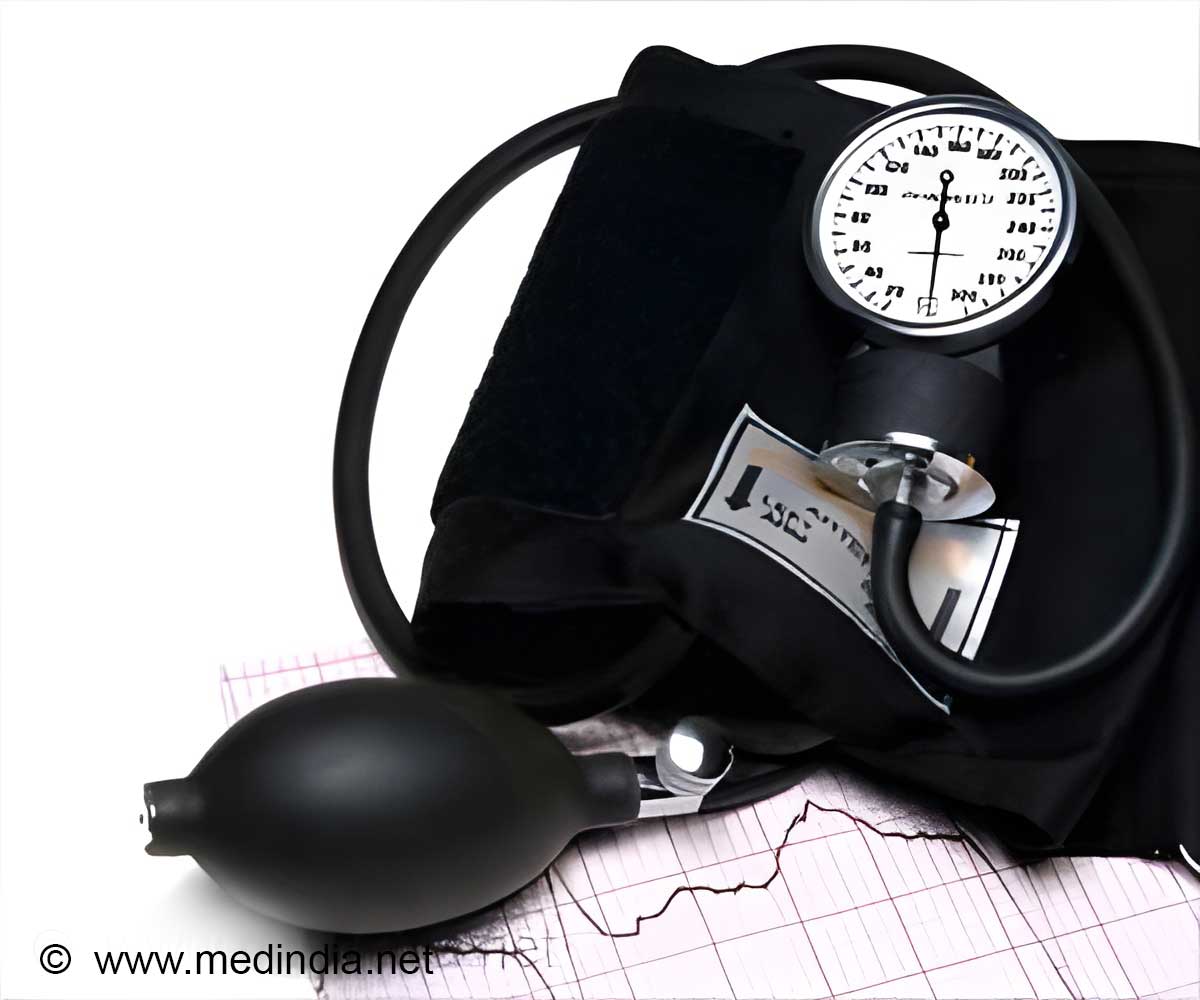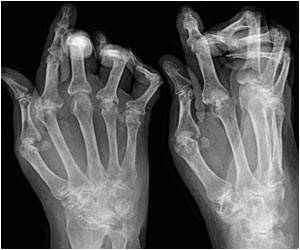“We learned a lot in the last few decades about the impact of discrimination and other social risks youth of color face that may explain their elevated rates of cardiometabolic disease, however, much less attention is paid to the inherent strengths they possess and the ways those strengths may be leveraged to advance health equity,” said lead study author Farah Qureshi, Sc.D., M.H.S., an assistant professor at the Johns Hopkins Bloomberg School of Public Health in Baltimore. “In this study, we wanted to shift the paradigm in public health beyond the traditional focus on deficits to one that concentrates on resource building.”
Researchers examined data from the National Longitudinal Study of Adolescent Health, which enrolled nearly 3,500 U.S. high schoolers (average age 16 years) in 1994 and were followed for more than two decades. Nearly half were girls, 67% were white youth, 15% were Black teens, 11% were Latino teenagers and 6% reported their race as either Native American, Asian, or ‘other.’ Researchers periodically collected data on the participants’ health and well-being, with the most recent wave of data collection occurring in 2018, when their average age was 38.
Be Mentally Strong to Stay Healthy Always
Using initial survey responses from when participants were teenagers, researchers identified five mental health assets related to better cardiometabolic health outcomes: optimism, happiness, self-esteem, a sense of belonging and feeling loved. This information was cross-referenced with health data recorded over 3 decades to assess whether teens who had more of these positive assets were more likely to maintain optimal cardiometabolic health in adulthood.
How to Maintain Good Cardiometabolic Health
To examine cardiometabolic health in this study, researchers reviewed health measures for seven cardiovascular and metabolic disease risk factors collected during clinic visits when participants were in their late 20s and 30s. The factors included high-density lipoprotein (HDL), or ‘good’ cholesterol; non-HDL cholesterol – calculated as total cholesterol minus HDL cholesterol; systolic blood pressure (top number); diastolic blood pressure (bottom number); hemoglobin A1c, a measure of blood sugar; C-reactive protein, a measure of inflammation; and body mass index, or BMI, the ratio of height to weight to estimate body fat.
Advertisement
The analysis found:
- Overall, 55% of youth had zero to one positive mental health asset, while 29% had two to three assets and 16% had four to five assets.
- As young adults, only 12% of participants maintained cardiometabolic health over time, and white youth were more likely to maintain good health later in life compared to Black or Latino youth.
- Teens with four to five positive mental health assets were 69% more likely to maintain positive cardiometabolic health as young adults.
- There was also a cumulative effect, with each additional mental health asset conferring a 12% greater likelihood of positive cardiometabolic health.
- Although psychological assets were found to be protective across all racial and ethnic groups, the largest health benefits were noted among Black youth. Black teens also reported having more positive mental health assets than youth of any other racial or ethnic groups.
Despite Black teens having the most assets and deriving the most health benefits from them, racial disparities in cardiometabolic health were still apparent in adulthood. Black individuals were the least likely to maintain good cardiometabolic health over time.
“These somewhat counterintuitive findings were surprising,” Qureshi said. “When we dug deeper, we found that the absence of psychological assets being was particularly health-damaging for Black youth.” She further elaborated that the findings point to the role structural racism plays in shaping cardiometabolic health patterns in the first decades of life: “For Black youth – who face numerous barriers to achieving and sustaining optimal cardiometabolic health in adulthood – not having these additional mental health resources makes a big difference.”
“This work suggests that early investments in youth mental health may be a critical new frontier in the advancement of cardiometabolic health equity,” according to Qureshi.
“We need more large-scale studies to monitor these and other positive mental health factors starting in childhood to understand how these assets may influence health and disease over the life course. This information may help us identify new ways to improve health and reduce disparities,” she said.
Limitations of the study include that there were relatively few participants who were Latino, Asian or Native American and there were variations in blood sample collection methods over time.
How to Measure Heart Health
Health care professionals measure cardiovascular health with the American Heart Association’s Life’s Essential 8 tool, which measures 4 indicators related to cardiovascular and metabolic health status (blood pressure, cholesterol, blood sugar and body mass index); and 4 behavioral/lifestyle factors (smoking status, physical activity, sleep and diet). According to Life’s Essential 8 data:
- only 45% of U.S. adolescents have five or more indicators of ideal cardiovascular health, and the percentage declines in adulthood; and
- there are persistent differences in cardiovascular health levels by self-reported race and ethnicity, and these disparities are larger at younger ages.
Source: Eurekalert



